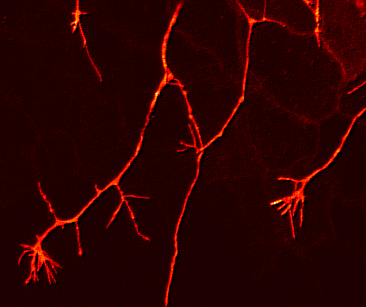I kind of despise Turning Point USA. A few students splatter their stupid, shallow red, white, and blue slogan signs all over campus, and what can you do? They just sit there all trite and jingoistic, but students get to use that space as they see fit.
It turns out, though, there is something our smarter students can do: they can splatter back with signs refuting Charlie Kirk’s idiotic propaganda, and this year they’ve been doing that. Everywhere there’s a TPUSA sign in the science building, there’s another sign or two right next to it.
Once again, our students earn my affection.










